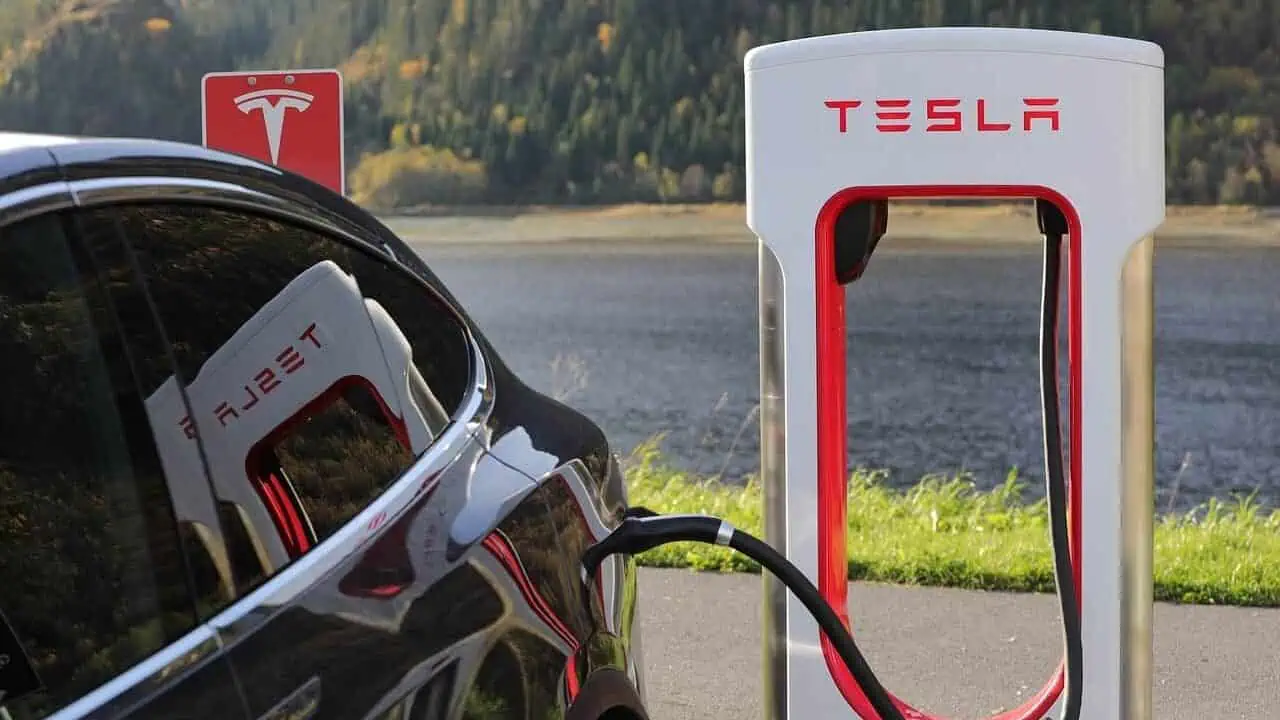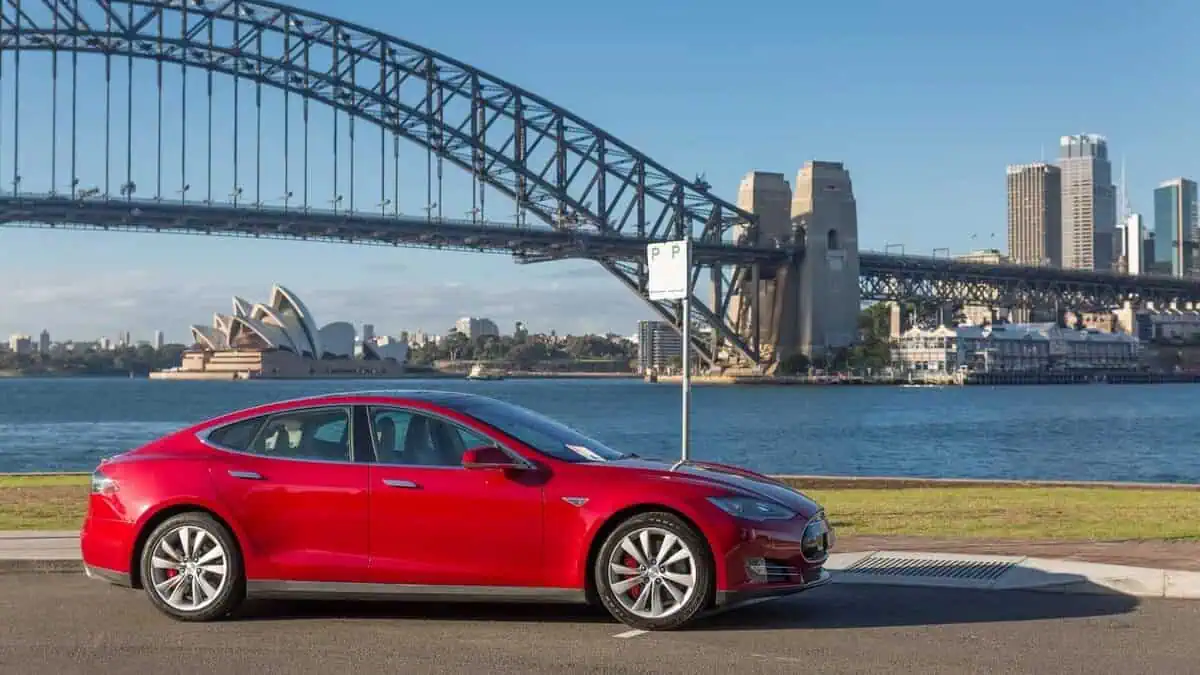With rising sales and demand for electric vehicles increasing, EV charging follows. The call for more charging stations has led to expansions of more charging infrastructure and sufficient spaces to charge an electric car.
Service station operators are starting to install EV chargers
With EVs becoming more of a norm, people wonder whether EV chargers will ever come to service stations. In some cases, service station operators are already installing EV chargers, recognizing the potential market for EV owners who need to recharge while on the road. In other cases, governments and public utilities are partnering with service station operators to install chargers as part of a more significant effort to expand EV charging infrastructure.
“As gas prices climb, and many believe they will continue to grow, more consumers are looking for alternative ways to get their hands on fuel. As electric vehicle adoption increases rapidly, fuel retailers have no choice but to consider whether they should add EV chargers to these stations.”
Heliox Energy
In addition, charging hubs can be built on existing petrol stations like Shell or even as standalone stations. These stations can offer solar panels while adding functionality like car washes and grocery stores that may accomplish shopping needs. It helps make people switch.
In fact, previous reports suggest that Cambridge City may convert a petrol station to an EV charging point. However, it has reportedly been held off as authorities aim to gather more information on its potential effect on trees, water supply, and drainage.
See Also:
- Cambridge City may convert a petrol station to an EV charging point
- San Jose gas station tries offering EV charging
- Imperial to install FLO EV chargers in Esso and Mobil gas stations in Canada
- The UK government spends £56 million on EV charging stations
- State of Louisiana plans to replace the gas tax with mileage fees in a pilot program
Gas stations and retailers can help accelerate EV adoption by making charging as easy, accessible, and available as possible. Though it may come off as a challenge to serve customers with slow charging speeds, with developments in place, the industry may readily produce rapid electrical charging.
“Businesses that invest in chargers at this stage will be able to accumulate data insights into charging and car park use that can drive continuous improvements to customer experience, giving these companies an even stronger competitive edge.”
Wallbox






